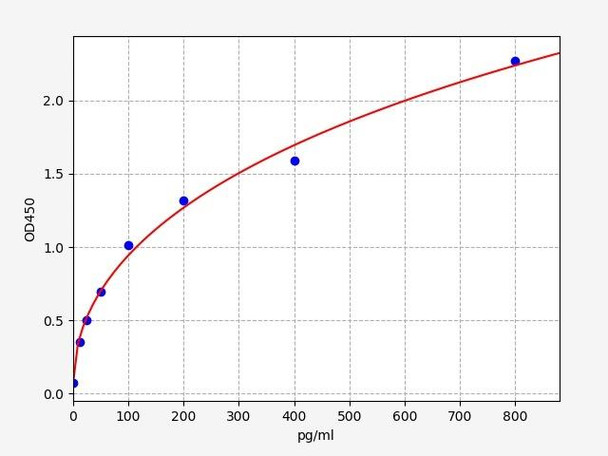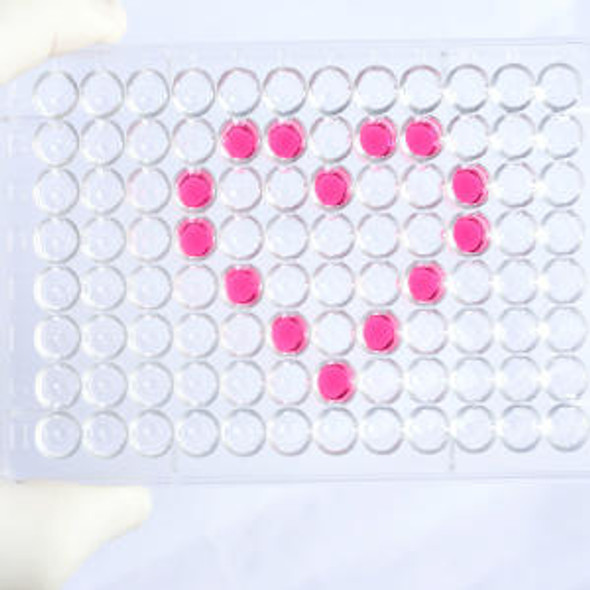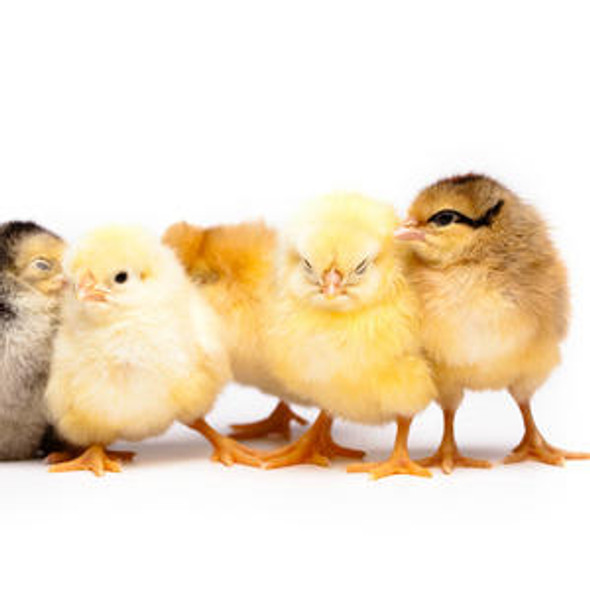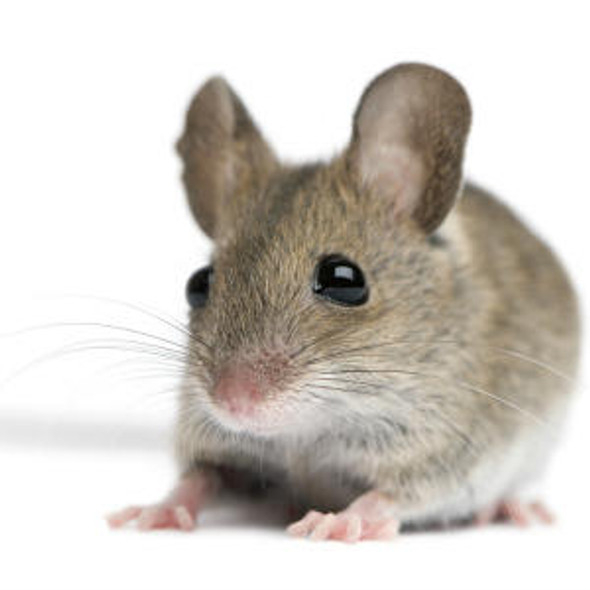Human WNT1 ELISA Kit
- SKU:
- HUFI01286
- Product Type:
- ELISA Kit
- Size:
- 96 Assays
- Uniprot:
- P04628
- Sensitivity:
- 7.5pg/ml
- Range:
- 12.5-800pg/ml
- ELISA Type:
- Sandwich ELISA, Double Antibody
- Synonyms:
- WNT1, Proto-oncogene Wnt-1, Proto-oncogene Int-1 homolog, INT1, OI15, BMND16
- Reactivity:
- Human
Description
| Product Name: | Human WNT1 ELISA Kit |
| Product Code: | HUFI01286 |
| Size: | 96 Assays |
| Alias: | WNT1, Proto-oncogene Wnt-1, Proto-oncogene Int-1 homolog, INT1, OI15, BMND16 |
| Detection method: | Sandwich ELISA, Double Antibody |
| Application: | This immunoassay kit allows for the in vitro quantitative determination of Human WNT1 concentrations in serum plasma and other biological fluids. |
| Sensitivity: | 7.5pg/ml |
| Range: | 12.5-800pg/ml |
| Storage: | 4°C for 6 months |
| Note: | For Research Use Only |
| Recovery: | Matrices listed below were spiked with certain level of Human WNT1 and the recovery rates were calculated by comparing the measured value to the expected amount of Human WNT1 in samples. | ||||||||||||||||
| |||||||||||||||||
| Linearity: | The linearity of the kit was assayed by testing samples spiked with appropriate concentration of Human WNT1 and their serial dilutions. The results were demonstrated by the percentage of calculated concentration to the expected. | ||||||||||||||||
| |||||||||||||||||
| CV(%): | Intra-Assay: CV<8% Inter-Assay: CV<10% |
| Component | Quantity | Storage |
| ELISA Microplate (Dismountable) | 8×12 strips | 4°C for 6 months |
| Lyophilized Standard | 2 | 4°C/-20°C |
| Sample/Standard Dilution Buffer | 20ml | 4°C |
| Biotin-labeled Antibody(Concentrated) | 120ul | 4°C (Protect from light) |
| Antibody Dilution Buffer | 10ml | 4°C |
| HRP-Streptavidin Conjugate(SABC) | 120ul | 4°C (Protect from light) |
| SABC Dilution Buffer | 10ml | 4°C |
| TMB Substrate | 10ml | 4°C (Protect from light) |
| Stop Solution | 10ml | 4°C |
| Wash Buffer(25X) | 30ml | 4°C |
| Plate Sealer | 5 | - |
Other materials and equipment required:
- Microplate reader with 450 nm wavelength filter
- Multichannel Pipette, Pipette, microcentrifuge tubes and disposable pipette tips
- Incubator
- Deionized or distilled water
- Absorbent paper
- Buffer resevoir
| Uniprot | P04628 |
| UniProt Protein Function: | WNT1: Ligand for members of the frizzled family of seven transmembrane receptors. In some developmental processes, is also a ligand for the coreceptor RYK, thus triggering Wnt signaling. Probable developmental protein. May be a signaling molecule important in CNS development. Is likely to signal over only few cell diameters. Belongs to the Wnt family. |
| UniProt Protein Details: | Protein type:Cell development/differentiation; Secreted, signal peptide; Motility/polarity/chemotaxis; Oncoprotein; Secreted Chromosomal Location of Human Ortholog: 12q13 Cellular Component: proteinaceous extracellular matrix; extracellular space; cell surface; endoplasmic reticulum lumen; Golgi lumen; cytoplasm; plasma membrane; extracellular region Molecular Function:protein domain specific binding; frizzled binding; cytokine activity; receptor agonist activity Biological Process: positive regulation of insulin-like growth factor receptor signaling pathway; positive regulation of transcription, DNA-dependent; T cell differentiation in the thymus; Wnt receptor signaling pathway through beta-catenin; ubiquitin-dependent SMAD protein catabolic process; diencephalon development; negative regulation of BMP signaling pathway; neuron differentiation; cerebellum formation; positive regulation of fibroblast proliferation; cell-cell signaling; midbrain development; positive regulation of cell proliferation; midbrain-hindbrain boundary maturation during brain development; response to wounding; positive regulation of Notch signaling pathway; myoblast fusion; neuron fate determination; organ regeneration; inner ear morphogenesis; Wnt receptor signaling pathway; cell fate commitment; embryonic axis specification; DNA damage response, signal transduction; negative regulation of fat cell differentiation; central nervous system morphogenesis; ureteric bud branching; forebrain anterior/posterior pattern formation; spinal cord association neuron differentiation; positive regulation of transcription from RNA polymerase II promoter; positive regulation of transcription factor activity; negative regulation of cell-cell adhesion; positive regulation of protein amino acid phosphorylation; negative regulation of transforming growth factor beta receptor signaling pathway; Spemann organizer formation Disease: Bone Mineral Density Quantitative Trait Locus 16; Osteogenesis Imperfecta, Type Xv |
| NCBI Summary: | The WNT gene family consists of structurally related genes which encode secreted signaling proteins. These proteins have been implicated in oncogenesis and in several developmental processes, including regulation of cell fate and patterning during embryogenesis. This gene is a member of the WNT gene family. It is very conserved in evolution, and the protein encoded by this gene is known to be 98% identical to the mouse Wnt1 protein at the amino acid level. The studies in mouse indicate that the Wnt1 protein functions in the induction of the mesencephalon and cerebellum. This gene was originally considered as a candidate gene for Joubert syndrome, an autosomal recessive disorder with cerebellar hypoplasia as a leading feature. However, further studies suggested that the gene mutations might not have a significant role in Joubert syndrome. This gene is clustered with another family member, WNT10B, in the chromosome 12q13 region. [provided by RefSeq, Jul 2008] |
| UniProt Code: | P04628 |
| NCBI GenInfo Identifier: | 139743 |
| NCBI Gene ID: | 7471 |
| NCBI Accession: | P04628.1 |
| UniProt Related Accession: | P04628 |
| Molecular Weight: | |
| NCBI Full Name: | Proto-oncogene Wnt-1 |
| NCBI Synonym Full Names: | wingless-type MMTV integration site family, member 1 |
| NCBI Official Symbol: | WNT1Â Â |
| NCBI Official Synonym Symbols: | INT1; OI15; BMND16Â Â |
| NCBI Protein Information: | proto-oncogene Wnt-1 |
| UniProt Protein Name: | Proto-oncogene Wnt-1 |
| UniProt Synonym Protein Names: | Proto-oncogene Int-1 homolog |
| Protein Family: | WNT1-inducible-signaling pathway protein |
| UniProt Gene Name: | WNT1Â Â |
*Note: Protocols are specific to each batch/lot. For the correct instructions please follow the protocol included in your kit.
Before adding to wells, equilibrate the SABC working solution and TMB substrate for at least 30 min at 37°C. When diluting samples and reagents, they must be mixed completely and evenly. It is recommended to plot a standard curve for each test.
| Step | Protocol |
| 1. | Set standard, test sample and control (zero) wells on the pre-coated plate respectively, and then, record their positions. It is recommended to measure each standard and sample in duplicate. Wash plate 2 times before adding standard, sample and control (zero) wells! |
| 2. | Aliquot 0.1ml standard solutions into the standard wells. |
| 3. | Add 0.1 ml of Sample / Standard dilution buffer into the control (zero) well. |
| 4. | Add 0.1 ml of properly diluted sample ( Human serum, plasma, tissue homogenates and other biological fluids.) into test sample wells. |
| 5. | Seal the plate with a cover and incubate at 37 °C for 90 min. |
| 6. | Remove the cover and discard the plate content, clap the plate on the absorbent filter papers or other absorbent material. Do NOT let the wells completely dry at any time. Wash plate X2. |
| 7. | Add 0.1 ml of Biotin- detection antibody working solution into the above wells (standard, test sample & zero wells). Add the solution at the bottom of each well without touching the side wall. |
| 8. | Seal the plate with a cover and incubate at 37°C for 60 min. |
| 9. | Remove the cover, and wash plate 3 times with Wash buffer. Let wash buffer rest in wells for 1 min between each wash. |
| 10. | Add 0.1 ml of SABC working solution into each well, cover the plate and incubate at 37°C for 30 min. |
| 11. | Remove the cover and wash plate 5 times with Wash buffer, and each time let the wash buffer stay in the wells for 1-2 min. |
| 12. | Add 90 µl of TMB substrate into each well, cover the plate and incubate at 37°C in dark within 10-20 min. (Note: This incubation time is for reference use only, the optimal time should be determined by end user.) And the shades of blue can be seen in the first 3-4 wells (with most concentrated standard solutions), the other wells show no obvious color. |
| 13. | Add 50 µl of Stop solution into each well and mix thoroughly. The color changes into yellow immediately. |
| 14. | Read the O.D. absorbance at 450 nm in a microplate reader immediately after adding the stop solution. |
When carrying out an ELISA assay it is important to prepare your samples in order to achieve the best possible results. Below we have a list of procedures for the preparation of samples for different sample types.
| Sample Type | Protocol |
| Serum | If using serum separator tubes, allow samples to clot for 30 minutes at room temperature. Centrifuge for 10 minutes at 1,000x g. Collect the serum fraction and assay promptly or aliquot and store the samples at -80°C. Avoid multiple freeze-thaw cycles. If serum separator tubes are not being used, allow samples to clot overnight at 2-8°C. Centrifuge for 10 minutes at 1,000x g. Remove serum and assay promptly or aliquot and store the samples at -80°C. Avoid multiple freeze-thaw cycles. |
| Plasma | Collect plasma using EDTA or heparin as an anticoagulant. Centrifuge samples at 4°C for 15 mins at 1000 × g within 30 mins of collection. Collect the plasma fraction and assay promptly or aliquot and store the samples at -80°C. Avoid multiple freeze-thaw cycles. Note: Over haemolysed samples are not suitable for use with this kit. |
| Urine & Cerebrospinal Fluid | Collect the urine (mid-stream) in a sterile container, centrifuge for 20 mins at 2000-3000 rpm. Remove supernatant and assay immediately. If any precipitation is detected, repeat the centrifugation step. A similar protocol can be used for cerebrospinal fluid. |
| Cell culture supernatant | Collect the cell culture media by pipette, followed by centrifugation at 4°C for 20 mins at 1500 rpm. Collect the clear supernatant and assay immediately. |
| Cell lysates | Solubilize cells in lysis buffer and allow to sit on ice for 30 minutes. Centrifuge tubes at 14,000 x g for 5 minutes to remove insoluble material. Aliquot the supernatant into a new tube and discard the remaining whole cell extract. Quantify total protein concentration using a total protein assay. Assay immediately or aliquot and store at ≤ -20 °C. |
| Tissue homogenates | The preparation of tissue homogenates will vary depending upon tissue type. Rinse tissue with 1X PBS to remove excess blood & homogenize in 20ml of 1X PBS (including protease inhibitors) and store overnight at ≤ -20°C. Two freeze-thaw cycles are required to break the cell membranes. To further disrupt the cell membranes you can sonicate the samples. Centrifuge homogenates for 5 mins at 5000xg. Remove the supernatant and assay immediately or aliquot and store at -20°C or -80°C. |
| Tissue lysates | Rinse tissue with PBS, cut into 1-2 mm pieces, and homogenize with a tissue homogenizer in PBS. Add an equal volume of RIPA buffer containing protease inhibitors and lyse tissues at room temperature for 30 minutes with gentle agitation. Centrifuge to remove debris. Quantify total protein concentration using a total protein assay. Assay immediately or aliquot and store at ≤ -20 °C. |
| Breast Milk | Collect milk samples and centrifuge at 10,000 x g for 60 min at 4°C. Aliquot the supernatant and assay. For long term use, store samples at -80°C. Minimize freeze/thaw cycles. |










